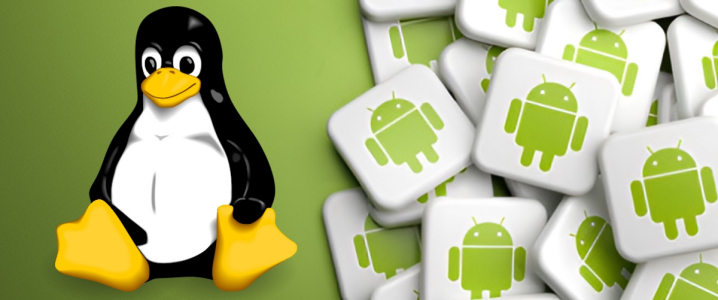Technical Manual: Understanding and Mounting Android Partitions
This manual explains how to access and manage different storage areas on a rooted Android device. It is designed for users who want to understand the inner workings of their mobile filesystem.
Foundational Concepts
Before using any commands, it is important to understand two basic ideas: partitions and mounting.
What is a Partition?
Think of your device storage like a large house. A partition is like a specific room in that house. One room might hold the system files. Another room might hold your personal photos. Dividing storage into partitions helps the device stay organized and safe.
What is Mounting?
Even if a room exists, you cannot enter it without a door and a handle. Mounting is the process of attaching a partition to a specific folder in your visible filesystem. This folder is called a mount point. Once a partition is mounted, you can see and change the files inside it.
Preparation and Safety
Working with partitions involves a high level of risk. You must prepare your device before you proceed.
- Charge the Battery: Ensure the device has a full charge to prevent a sudden shutdown.
- Back Up Data: The process of managing partitions can erase all memory. Save your important files to a computer first.
- Enable Developer Mode:
- Open the Settings menu and select About Phone.
- Find the Build Number and tap it seven times. This will unlock the Developer Options menu.
- Enable USB Debugging:
- Go to Settings and then select Developer Options.
- Find the USB Debugging toggle and turn it on.
Required Tools
You will need a rooted device and a few specific apps:
- Root Access: The device must be rooted with a tool like Magisk.
- Termux: This is a terminal app where you will type your commands.
- BusyBox: This is a set of tools that allows Android to use advanced Linux commands.
Setting Up the Environment
Open the Termux app and type the following commands to install the necessary software.
- Install the BusyBox toolset:
bash pkg install busybox - Install utilities for managing disks:
bash pkg install util-linux
Step 1: Identify Your Partitions
You must find the name of the partition you want to mount. In Linux systems, physical storage units are called block devices.
Primary Command: lsblk
Type this command to see a list of all storage blocks:
lsblk
Alternate Command: blkid
If the first command does not work, you can use this tool to see more details about the filesystem types:
blkid
Look for names like /dev/block/sdX. The letter and number will tell you which partition is which. You can often identify a partition by its size.
Step 2: Create a Mount Point
A mount point is just an empty folder where the partition content will appear. You should create this folder in a location you can easily find.
Type this command to create a folder:
mkdir /storage/my_partition
Step 3: Mount the Partition
Now you must attach the block device to the folder you created. Different partitions use different filesystem types.
For Linux Partitions (ext4)
Use this command for standard Linux storage:
busybox mount -t ext4 /dev/block/sdX1 /storage/my_partition
For Windows Partitions (ntfs)
If you are using an external drive formatted for Windows, use this command:
busybox mount -t ntfs /dev/block/sdX1 /storage/my_partition
For Faster Storage (f2fs)
Many modern Android devices use f2fs for internal speed:
busybox mount -t f2fs /dev/block/sdX1 /storage/my_partition
Troubleshooting Common Errors
If a command fails, read the error message carefully.
- "Invalid Argument": This often means you selected the wrong filesystem type. Try a different type like ext4 or vfat.
- "Device or Resource Busy": This means the partition is already in use or already mounted.
- "Permission Denied": This means you did not use root access. You might need to type
subefore your commands to become a superuser.
Summary of Best Practices
Always unmount your partition before you disconnect any cables. This prevents data corruption. To unmount a partition, use this command:
busybox umount /storage/my_partition
Be patient and double check every partition name. A small mistake in a name can lead to losing files. Always prioritize safety over speed when managing the foundation of your mobile device.

